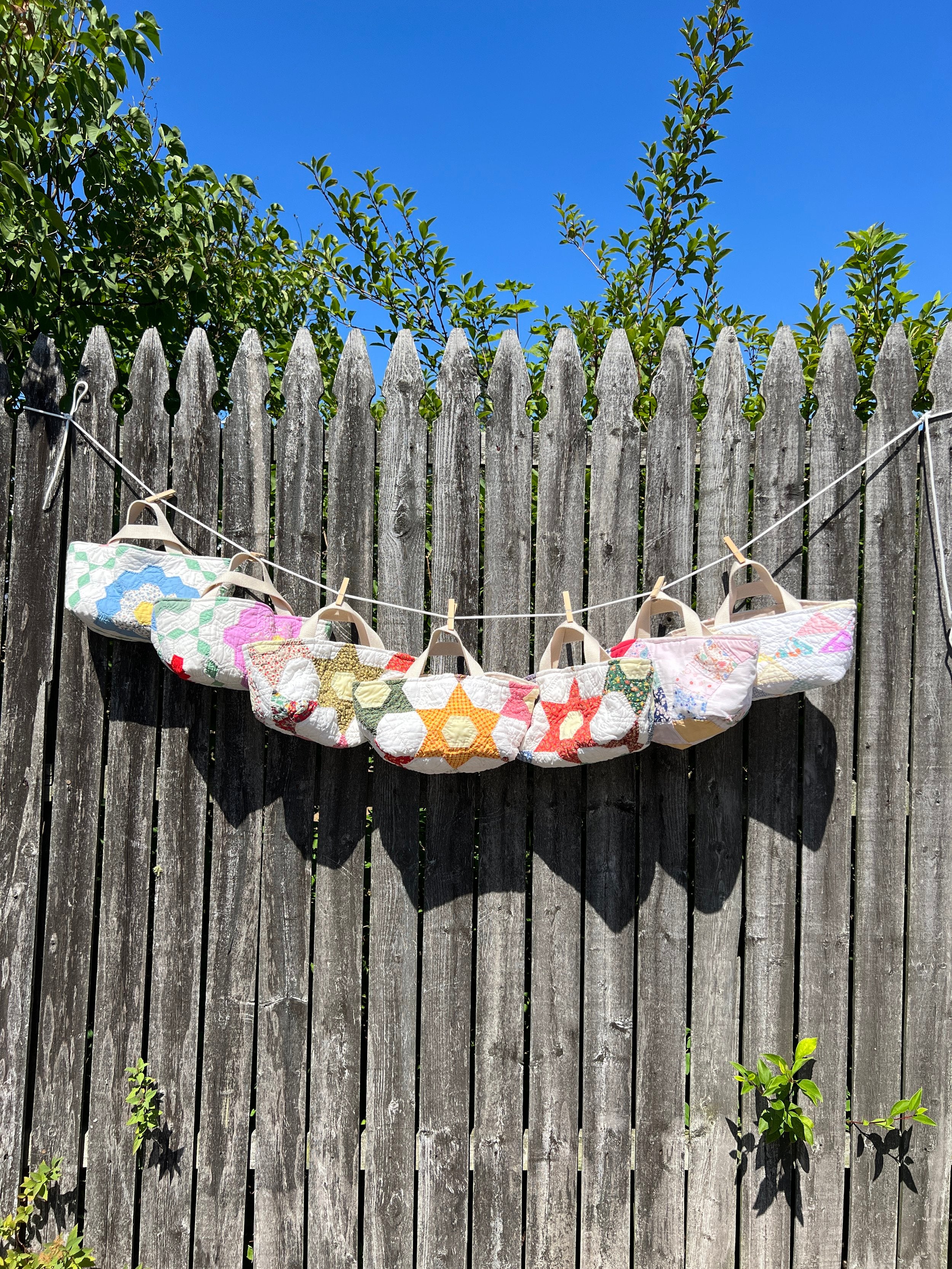Japan Craft Tour 2023 Recap
Back in the Before Times (when a colleague and I started dreaming of a knitting adventure to Japan), I only had a tiny inkling of how deep down the rabbit hole planning such a trip could be. But in April, when the Mister and I went to test drive our new idea, that rabbit hole became almost paralyzing.
Japan is ancient and complex and full of tradition of many kinds. It's also modern, and beautiful and crowded! How to condense all that into slightly more than a week? On one level, many of us are familiar with Japan. We eat their cuisine. We watch their baseball players on our teams. We love their anime and manga, and admire their acumen with speedy and efficient public transportation.
Having lived in Japan (a VERY long time ago), and actively participating in the Japanese-America community in our home towns, I knew that whatever we decided to highlight on this trip, the crux would be the people. Relationships build a deeper understanding, even with a language difference.
With that in mind, we built our trip around some of the very remarkable artisans/craftspeople/business owners who represent the best of their trades, but are also some of the most heart-felt, generous and kind people you would ever hope to meet.
Keijiro and Mari Kawaguchi of Cohana developed their brand (creating contemporary hand-sewing products from Japan's craft tradition) as a forward-thinking business decision for their 3rd generation family business.

Rika and Rie from Nona Temari are committed to natural dyes, and actually grow their plants on the TINIEST patch of land in their Tokyo neighborhood. They collect food scraps from neighbors to create their subtle colorways.

Setsuko Torii works with novel fibers to produce minimal and sophisticated knitwear designs that Japan is so well-known for. Her beautiful studio showcases not only her ready-to-wear items and handknitting kits, but also handcrafted goods from other local makers.

Ricca of Atelier Ricca pays homage to the humblest of sewing supplies--the simple thimble. But wrapped in silk threads and hung on a chain, the yubinuki transforms into a wearable piece of art.

Kenta Watanabe and his small crew are committed to rereplicating Edo Blue--that deep indigo from the Edo era that Japan is so well known for. By growing his own indigo plants, Watanabe-san has his hand in the entire picture, from farm, to fermentation, to dye tanks. And everyday he gets a bit closer to that elusive color.

It was so incredibly wonderful to introduce our first group of travelers to this cohort of Japanese craftspeople. One participant mentioned in an email to me afterwards that "I felt I got to do things that nobody else could offer her. I liked ... getting first hand insight into this generation and their desire to reinvigorate traditional craft. Those experiences are what I will remember about this trip." THAT is exactly what we were aiming for.
We are so excited to return to Japan this coming November; we've tweaked the schedule slightly to add a few more activities, but the purpose will remain the same: an enthusiastic exploration of Japanese craft taught by knowledgeable and welcoming craftspeople. Consider joining us--to sweeten the pot, I'm offering early bird pricing ($800 off) through February 28, 2024.









Leave a comment
This site is protected by hCaptcha and the hCaptcha Privacy Policy and Terms of Service apply.